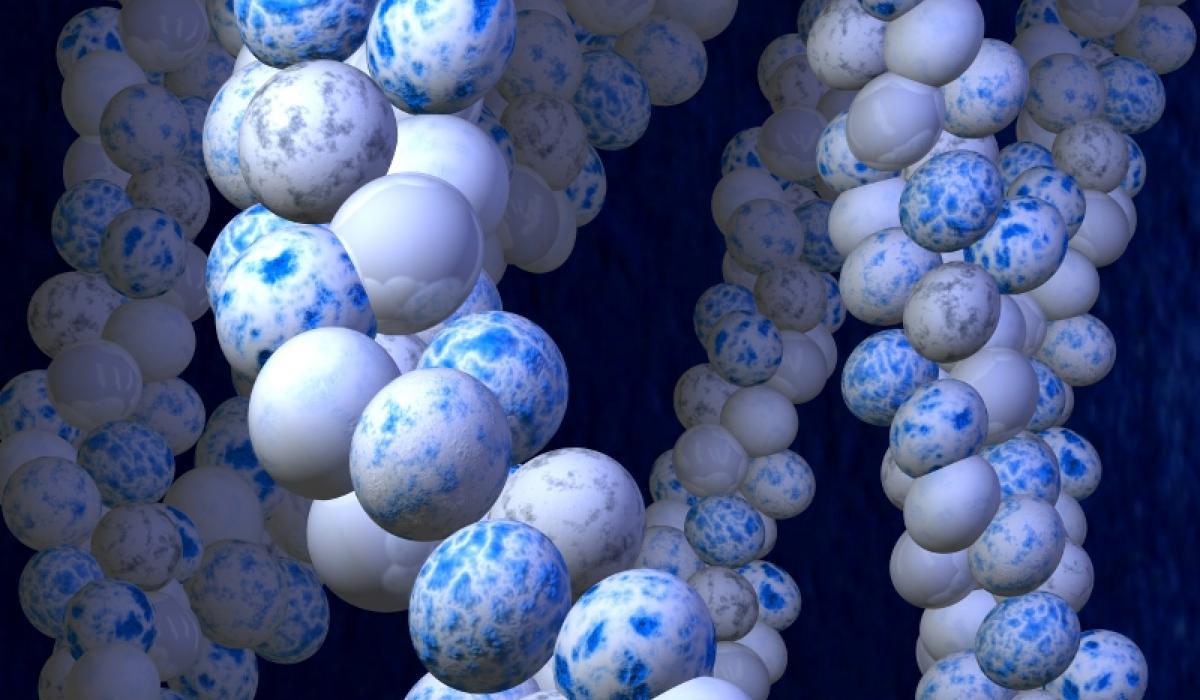
ADME: ADME is an acronym in pharmacokinetics and pharmacology for absorption, distribution, metabolism, and excretion, and describes the disposition of a pharmaceutical compound within an organism. The four criteria all influence the drug levels and kinetics of drug exposure to the tissues and hence influence the performance and pharmacological activity of the compound as a drug.
Affinity: The interaction of a ligand with a protein (receptor) binding site can be characterized in terms of a binding affinity. In general, the stronger the intermolecular force between ligand and receptor, the higher the affinity. If a receptor is presented two ligands, it will mostly bind the one with the higher affinity.
Crystal Structure: Many proteins form crystals when brought to high concentrations. X-ray crystallography is a method of determining the arrangement of the atoms, as well as their chemical bonds, within a crystal.
Docking: Docking is a method which predicts the preferred orientation of one molecule (e.g. a ligand) to a second one (e.g. a target protein) when bound to each other to form a stable complex. This knowledge of the preferred orientation in turn may be used to predict the strength of association or binding affinity between two molecules using scoring functions.
Enzyme: Enzymes are proteins that catalyze (i.e., increase the rates of) chemical reactions. In enzymatic reactions, the molecules at the beginning of the process are called substrates, and the enzyme converts them into different molecules, called the products.
Hydrogen bond: A hydrogen bond is the attractive non-covalent interaction of a hydrogen atom (covalently bound to the hydrogen-bond donor) with an electronegative atom, like nitrogen or oxygen (the hydrogen-bond acceptor). The matching of the pattern of hydrogen-bond donors (and acceptors) in the protein binding site with the pattern of hydrogen-bond acceptors (and donors) of the ligand is important for binding affinity and specificity.
Hydrophobic: In chemistry, hydrophobicity is the physical property of a molecule that is repelled from water (and other polar solvents). Hydrophobic molecules tend to be non-polar and thus prefer other neutral molecules and nonpolar solvents. Examples of hydrophobic molecules include oils, fats, and greasy substances in general.
Inhibitor: Enzyme inhibitors are molecules that bind to enzymes and decrease their activity. Since blocking an enzyme's activity can kill a pathogen or correct a metabolic imbalance, many drugs are enzyme inhibitors.
Ligand: In biochemistry and pharmacology, a ligand (Latin ligare = to bind) is a substance that is able to bind to and form a complex with a biomolecule to serve a biological purpose. Ligands include substrates, inhibitors, activators, and neurotransmitters. The tendency or strength of binding is called affinity.
Lipinski’s rule of 5: Lipinski's Rule of Five is a rule of thumb to evaluate druglikeness, or determine if a chemical compound with a certain pharmacological or biological activity has properties that would make it a likely orally active drug in humans. Specifically, no more than one violation of the following criteria is allowed: Not more than 5 hydrogen bond donors, not more than 10 hydrogen bond acceptors, a molecular weight under 500 daltons, and an octanol-water partition coefficient log P of less than 5. Note that all numbers are multiples of five, which is the origin of the rule's name.
Pharmacophore: The pharmacophore of a molecule (i.e., a ligand) is a set of structural features of that molecule that is recognized at the receptor site and is responsible for that molecule's biological activity. Typical pharmacophore features are e.g. a hydrophobic site, a hydrogen bond acceptor, a hydrogen bond donor, a cation (bearing a positive charge), or an anion (bearing a negative charge), etc.
Selectivity: Selective ligands have a tendency to bind to a very limited type of receptors, while non-selective ligands bind to several types of receptors. This plays an important role in pharmacology, where drugs that are non-selective tend to have more adverse effects, because they bind to several other receptors in addition to the one generating the desired effect.
Virtual Screening (VS): VS is a computational technique used in drug discovery research and involves the rapid in silico assessment of large libraries of chemical compounds to identify those most likely to bind to a drug target, typically a protein receptor or enzyme.
